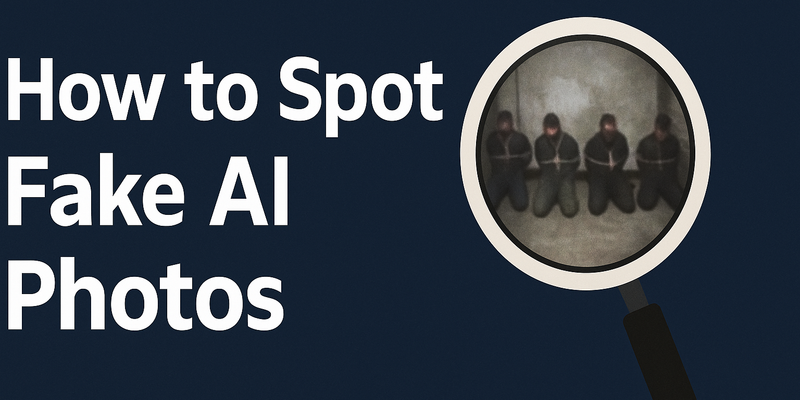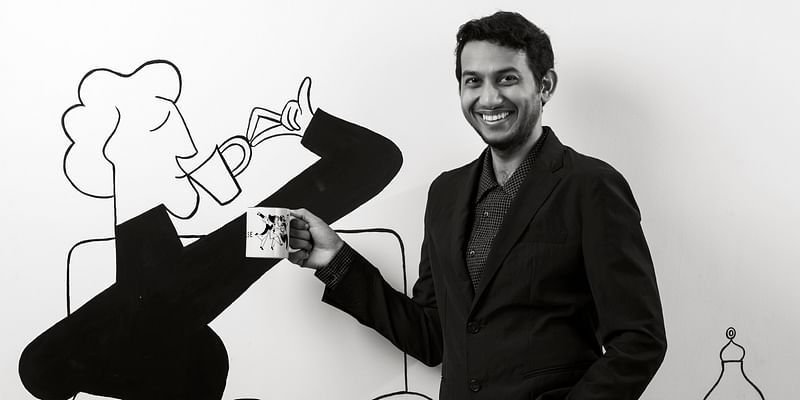How to Spot Fake AI Photos


This scenario underscores the critical importance of distinguishing real from fake images in today’s digital landscape. With advancements in generative AI, the line between authentic and manipulated visuals is increasingly blurred. As digital forensics expert Hany Farid emphasizes, we’re in a global war for truth, and the stakes have never been higher.
Understanding AI-Generated Images
Generative AI models, such as GANs (Generative Adversarial Networks), learn to create images by analyzing vast datasets of real photos. They then generate new images that mimic these real-world patterns. However, despite their sophistication, AI-generated images often exhibit subtle anomalies that can be detected with a trained eye.
Key Indicators of AI-Generated Images
1. Residual Noise Patterns
AI-generated images often contain unique residual noise patterns—random pixel variations that differ from those found in natural photographs. For instance, Farid’s research highlights star-like noise patterns in AI-generated images, a telltale sign of synthetic creation.
2. Inconsistent Lighting and Shadows
Natural light behaves predictably, casting shadows that converge at a single point. AI, lacking an understanding of physics, may produce images with multiple light sources or shadows that don’t align correctly, indicating manipulation.
3. Anatomical Anomalies
AI struggles with human anatomy, often producing images with extra or missing limbs, distorted facial features, or unnatural body proportions. For example, eyes may appear overly shiny or hollow, and ears might be asymmetrical.
4. Unnatural Textures and Details
AI-generated images may exhibit unnatural textures, such as overly smooth skin, inconsistent hair patterns, or unrealistic reflections. These inconsistencies arise because AI doesn’t fully grasp the complexities of natural textures.
5. Contextual Inconsistencies
AI-generated images might depict scenes that are physically implausible or contextually out of place. For instance, a photo of a military operation might show soldiers in impossible poses or settings that don’t align with known geography.
Tools and Techniques for Detection
While manual inspection is valuable, several tools can assist in identifying AI-generated images:
- Google Lens: Reverse searches images to find their origin and verify authenticity.
- Perplexity AI: Analyzes and debunks viral claims using contextual knowledge and fact-checking.
- Sensity AI: Specializes in detecting deepfakes by analyzing video inconsistencies.
- Vastav AI: An Indian-developed tool that uses machine learning and forensic analysis to detect deepfake content in real-time.
Navigating the Information Landscape
In an era where misinformation can spread rapidly, it’s crucial to approach digital content with a critical mindset:
- Verify Before Sharing: Always check the source and authenticity of images before disseminating them.
- Educate Yourself and Others: Understanding the signs of AI-generated content can help prevent the spread of false information.
- Advocate for Transparency: Support initiatives and platforms that promote the labeling and detection of AI-generated content.
As AI technology continues to evolve, the ability to discern real from fake images becomes increasingly vital. By staying informed and utilizing available tools, we can navigate the digital landscape more safely and responsibly. Remember, in the battle for truth, vigilance is our strongest ally.
Edited by Rahul Bansal
Discover more from News Hub
Subscribe to get the latest posts sent to your email.







